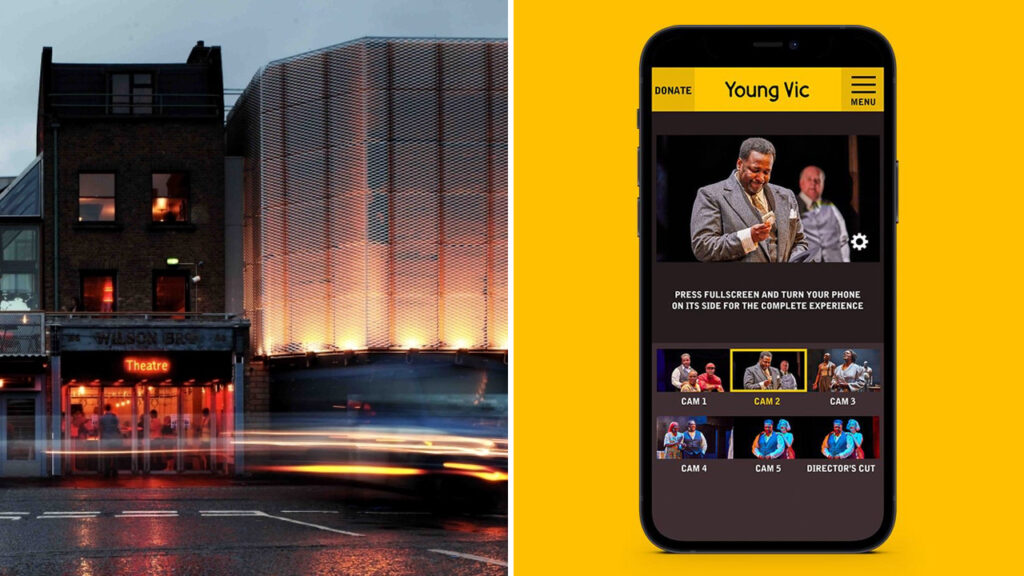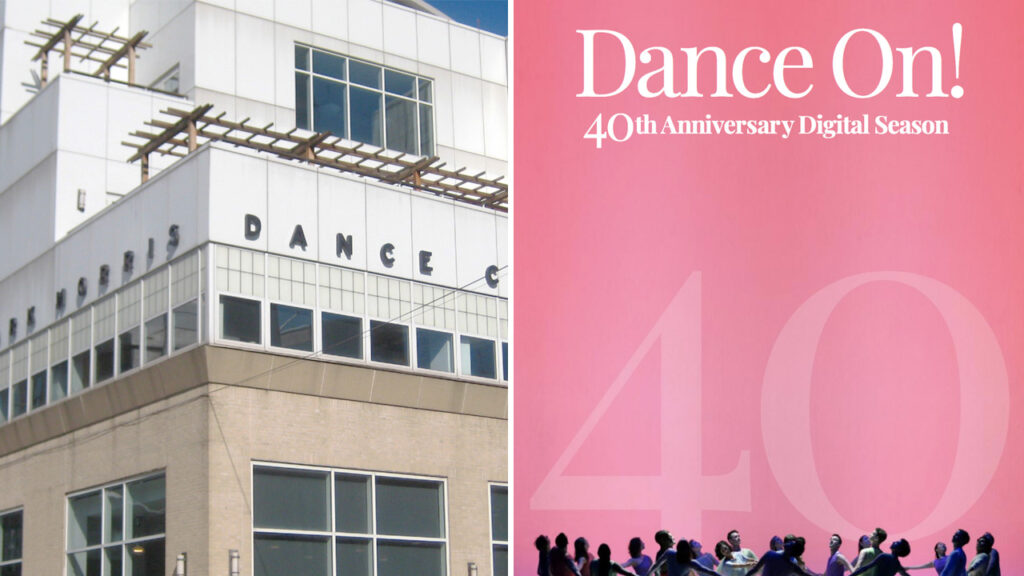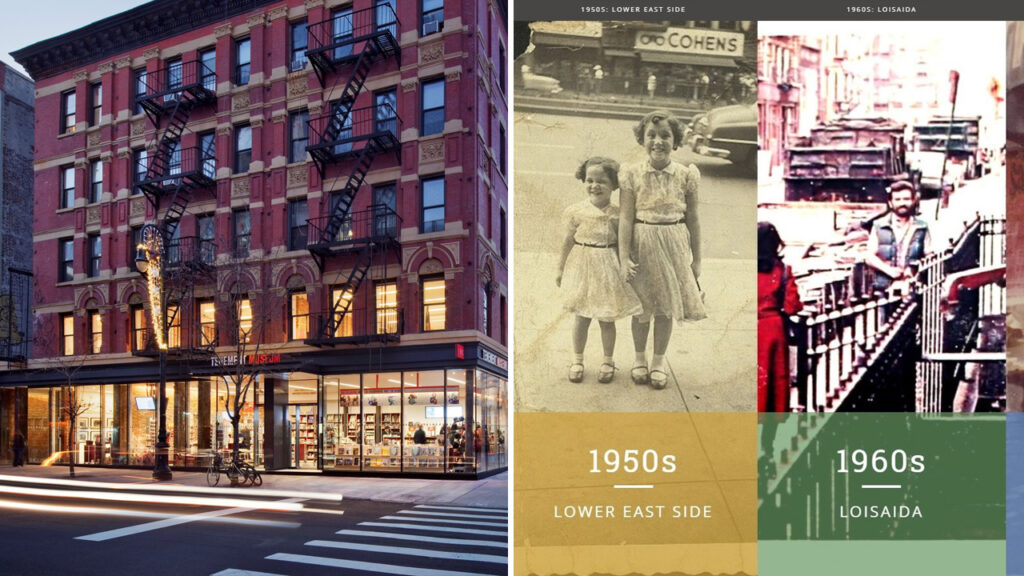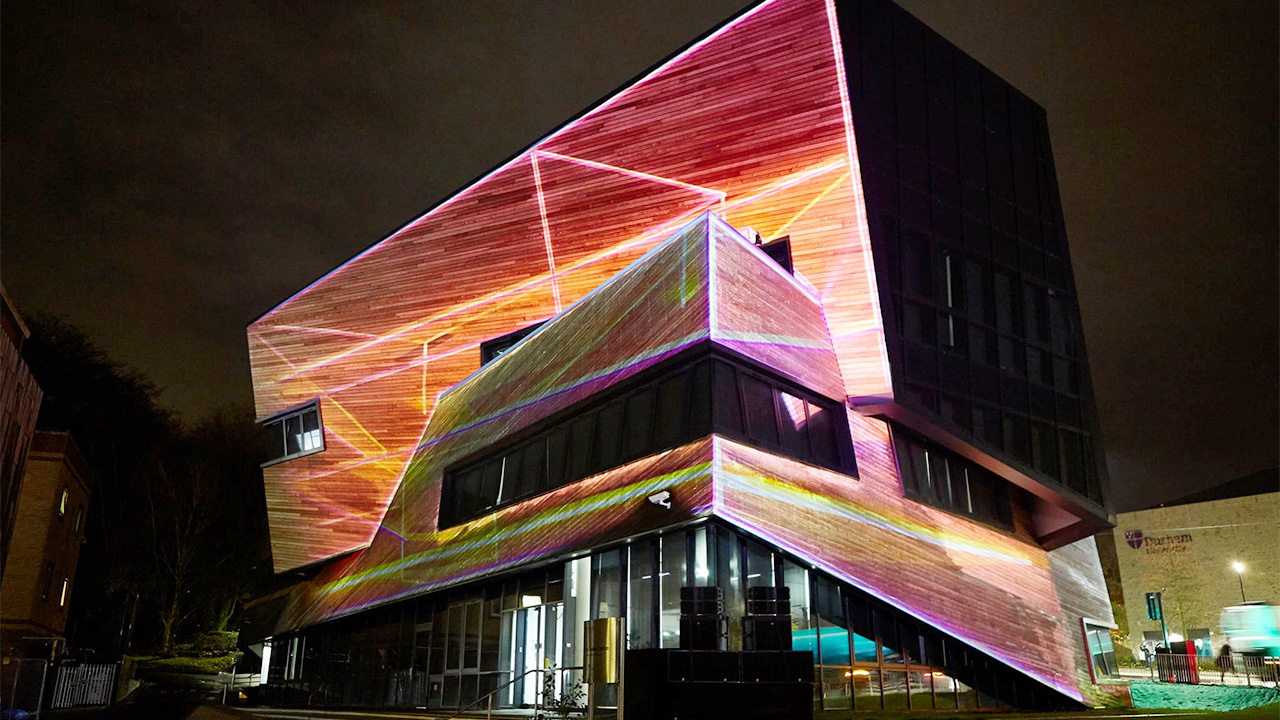A great digital revolution is sweeping cultural institutions. In the pandemic’s wake, theaters are building platforms to livestream performances, zoos connecting their keepers to the world via Zoom, museums building an entire membership category around high-quality digital content. Internally, teams are operating new modes of hybrid working and reassessing the potential of their digital asset management systems.
The sector’s embrace of digital has been innovative and refreshing, if somewhat overdue, and is redefining the very meaning of audience engagement and cultural accessibility. It’s also been costly, with new programs and their digital frameworks stretching budgets already deprived of traditional revenue sources. Enter the Digital Accelerator Program from Bloomberg Philanthropies, a $30 million program geared to support such innovations, grow audiences, drive revenue, and platform dynamic cultural programming.
An initial group of 46 cultural nonprofit organizations (in the UK and US) has been selected with each appointing a Bloomberg Tech Fellow. Jing Culture & Commerce spoke to four of them to hear their digital success stories from the past year, where technical support is most needed, and how they plan to use funds.
Young Vic (London, UK)
Rathi Kumar, Operations Director and Bloomberg Tech Fellow

The Young Vic’s Best Seat In Your House platform (right) offers viewers immersive, multi-camera livestreams of the theater’s performances. Images: Young Vic
Which areas of digital support does the Young Vic most need?
Firstly, there are the urgent steps we need to take to help the Young Vic function in this new hybrid world! Theaters are inherently people-focused, and so pivoting to working in hybrid ways is important for ensuring we can continue making world-class art.
Secondly, the Young Vic is an artist-centered institution. We are continually interrogating the support we provide as we move away from a euro-centric model which favors primary disciplines (e.g. the specific named roles of director, actor or designer) to support a more integrated approach, where artists aren’t given boxes or roles they must stick to. The program would support developing systems which can adapt and better support this flexibility, as we enable artists to move between forms with the support of key infrastructure upgrades.
What digital innovation from the COVID era is the Young Vic most proud of?
The project we are proudest of is Best Seat in Your House. We have built a bespoke viewing player for streaming our live theatre shows. During the stream, the viewer can choose which camera feed they want, getting a new perspective from any one of the multiple robo-cameras we have rigged around our auditorium. Alternatively, the viewer can sit back and watch a more traditional experience of the stream, with a director doing the camera moves for them. The player has been designed with accessibility in mind, with options for captioning, BSL and audio description for every performance.
Mark Morris Dance Group (New York, USA)
Laura Giannatempo, Director of Marketing and Communications

Mark Morris Dance Group’s Dance On! 40th anniversary digital season (right) included full-length screenings, online talks with Morris and artistic collaborators, interactive dance classes, and special livestreamed performances. Images: Mark Morris Dance Group
How do you intend to use the Digital Accelerator funds?
We will be using them to complete a series of digital projects that will allow us to build on some of the silver linings of the pandemic and connect deeper with our audiences. It’s about investing in the right infrastructure and the tools we need to achieve our goals of staying connected and reaching new audiences; for example, a platform for on-demand online classes that will allow us to continue offering increasingly good quality digital content to complement our in-person programming.
What digital innovation from the COVID era is the Mark Morris Dance Group most proud of?
We’re proud of all the digital programming we were able to offer in the past year, both in terms of the Dance Group (for example, our 40th Anniversary Digital Season) and our dance classes. We offered a range of livestreamed and on-demand classes before we were able to return to our Dance Center in Brooklyn in person. We’re also in the process of implementing a new CRM system that will allow us to communicate with our audiences even more effectively and efficiently.
The Roundhouse (London, UK)

The Roundhouse plans to use its Digital Accelerator funds to boost its technology infrastructure and expand its digital offerings. Image: The Roundhouse
How do you intend to use the funds?
Bloomberg Philanthropies’ Digital Accelerator will help us thrive in the wake of the COVID-19 pandemic through strategic improvements to our technology infrastructure. We will carry out a research phase for a digital learning platform with and for young people, which is essential to expanding our creative digital offer. It will expand our geographical reach and allow activities to be more accessible for young people who can’t access them in person.
Which areas of digital support does the Roundhouse most need?
Given the impact of the last year, digital projects that will build our economic resilience are the most vital. This income directly funds our work with young people — for instance, projects where we can deliver digital customer service so we can increase audience confidence returning to venues, whilst developing digital asset management so we know where we can drive income.
Tenement Museum (New York, USA)
Chelsea Bracci, Director of Digital Projects

Since the past year’s lockdowns, the Tenement Museum has launched virtual tours and digital exhibitions (right) that have reached some 180,000 visitors. Images: Tenement Museum
Which areas of digital support does the Tenement Museum most need?
We’re a storytelling institution, and when visitors go on a program, it’s a very immersive and personalized experience. This accelerator program is helping us extend that personalized engagement with our visitors beyond the tour experience. We want our data to be able to tell us a story about who our visitors are, their needs, and how we can help foster a deeper sense of connection to our museum.
What digital innovation from the COVID era is the museum most proud of?
In the year and a half since the pandemic shut our doors we have been able to engage over 180,000 visitors, including over 12,000 students, from all 50 states and around the world. Through our virtual tours, field trips, programs, and digital exhibits, the museum reached new audiences – many of whom might never have had the opportunity to visit New York City and experience our stories.



